For years, I’ve been waiting for Canon to produce a fast RF 35mm – a successor to the EF 35mm F1.4 II. I was really hoping it would be an F1.2. Instead we got the recently announced RF 35mm F1.4 VCM with a feature set optimized as much for video as it is for photography. Disappointing. But at least the price is surprisingly reasonable for Canon at $1499.00. That’s less than the EF counterparts retail price. So for someone like me who wanted a fast 35mm prime for the Canon RF platform, the options seemed few. I may end up picking up the new Canon RF 35mm once I can see the reviews on it. Oh how I wish Voigtlander made a 35mm version of the 50mm F1.0 for the RF platform I picked up earlier this year. They do make a 40mm F1.2 that’s definitely on my radar. But in the interim I decided to give the Canon FD 35mm F2 a try.
The Canon FD line of now vintage lenses is extremely well regarded in the growing community of photographers who are adapting vintage lenses to modern mirrorless cameras. Compared to my RF lenses, this FD 35mm F2 is remarkably small and light weighing only 0.54 lb / 245 g and with a 52mm filter diameter, this is a very compact lens. The FD 35mm F2 features 10 elements in 8 groups, has 8 aperture blades, and the minimum focusing distance is 11.8” / 30 cm. I didn’t have any 52mm lens filters so I placed an order for the (previously reviewed) K&F Concept CPL+VND since I planned to do a lot of car photography with it.
LENS CONDITION AND COST
I lucked out fairly well and came across an absolutely near-mint copy of the lens on eBay for $200.00. For this price I got an original leather lens container and the original lens cap with the Canon logo.
This lens’s production run goes back to 1979 and there seems to be no shortage of them out there. Many vintage lenses can be acquired for well under $100.00 so this one was a bit pricey but sill just a fraction of what the new RF or even the older EF version would cost. So really I was being financially responsible and saving money. Stop laughing…
THE SHOOTING EXPERIENCE
A vintage lens like this Canon FD 35mm F2 is completely manual. I’ve been shooting more manual focus this year with the addition of my Voigtlander 50mm F1.0 and enjoying it. The Voightlander is built for the RF platform, and has electronic contacts which not only pass EXIF data to the camera, but also supports Canon’s excellent manual focus assist. Absent of this, Canon also supports “focus peaking” which can be turned on in pink “AF” settings menu. in probably 85% of cases, focus peaking worked extremely well – as you turn the focus ring on the lens, you see see red highlighting of the parts of the image in focus on ether the view finder or LCD screen. In some cases, the focus peaking highlighting was difficult to impossible to see depending on the color of your subject and the lighting conditions. As good as focus peaking is, it certainly made me both appreciate and miss shooting with a lens that supports Canon’s manual focus assist “triangles.” But shooting with any manual lens is both a creative and enjoyable experience. Again, the example of the Canon FD 35mm F2 I obtained is truly like-new and if you told me it was NOS I’d believe you. The focusing ring as smooth and tight, and the aperture ring turned with clicks for each stop, with half clicks between each printed setting. While I’d like a 35mm with a maximum aperture setting below F2, I have to admit that in most cases while shooting cars, I rarely drop below F2.
IMAGE QUALITY AND SAMPLES
literally the day after this lens came in the mail a local Cars & Coffee event was scheduled so I arrived early to get good morning light. I brought along my Sigma 35mm Art lens to compare it with the Canon FD 35mm F2 – I stopped the Sigma down to F2 to try and make an “apples to apples” comparison:
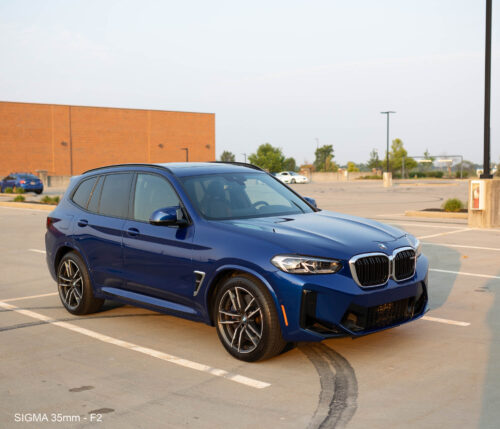
These photos are essentially straight out of the camera – no color or exposure correction applied. Comparing the photos, a few things jump out. Firstly, the overall image quality and sharpness is shockingly comparable. The Sigma should have a significant advantage being stopped down vs the Canon shooting wide open. So the Canon FD 35mm F2 earns its reputation as being sharp wide open. You’ll also see more background blur with the Canon 35mm, which was unexpected. Finally if you look at how each lens rendered the sky, you’ll see one of the more annoying idiosyncrasies of the Sigma – it tends to blow highlights. The Canon FD 35mm does a better job of preserving detail in the highlights. To my eye, the Canon FD 35mm F2 has a more pleasing rendering than the Sigma. Now let’s take a look at two more photos:
This one is a bit less “apples to apples” – one was taken horizontally and the other vertically. Both are sharp, but if you look at the grill logo and headlights, the Sigma is a tad sharper. But looking again at the sky and the hood ornament, you’ll see blown highlights.
Now here are a few more examples taken with the Canon FD 35mm F2 at the Dayton Cars & Coffee get together:
The Canon FD35mm F2 provides exactly what I was looking for, bringing a much more film like quality to my photography, and in some cases event being evocative of the coveted “Leica look.” All of these photos were shot wide open and the lens did not disappoint in the slightest while shooting at it’s maximum aperture of F2. Pixel peepers will no doubt be disappointed when comparing the sharpness to more modern lenses. But for my purposes, this lens is absolutely sharp enough. The lens does flare quite easily, and I had to creatively correct some shots and outright lost a few others. Next time I’ll be sure not to shoot without the lens hood which I received with the lens.
I think in most situations, the background blur is good and the bokeh is good (not great). I think the bokeh on this lens is a bit softer than on the Sigma 35mm, but still noticed some harshness. Taking a step back, this lens is an incredible value and performs remarkable well in most every metric you can measure a lens. I would not hesitate to recommend and I’m really curious as to how it stacks up against the EF 35mm F1.4 II which I have ordered on loan from Canon Professional Services, and the RF Canon 28-70mm F2 – both of which I should have from CPS in a couple of weeks. Stay tuned for a future article.

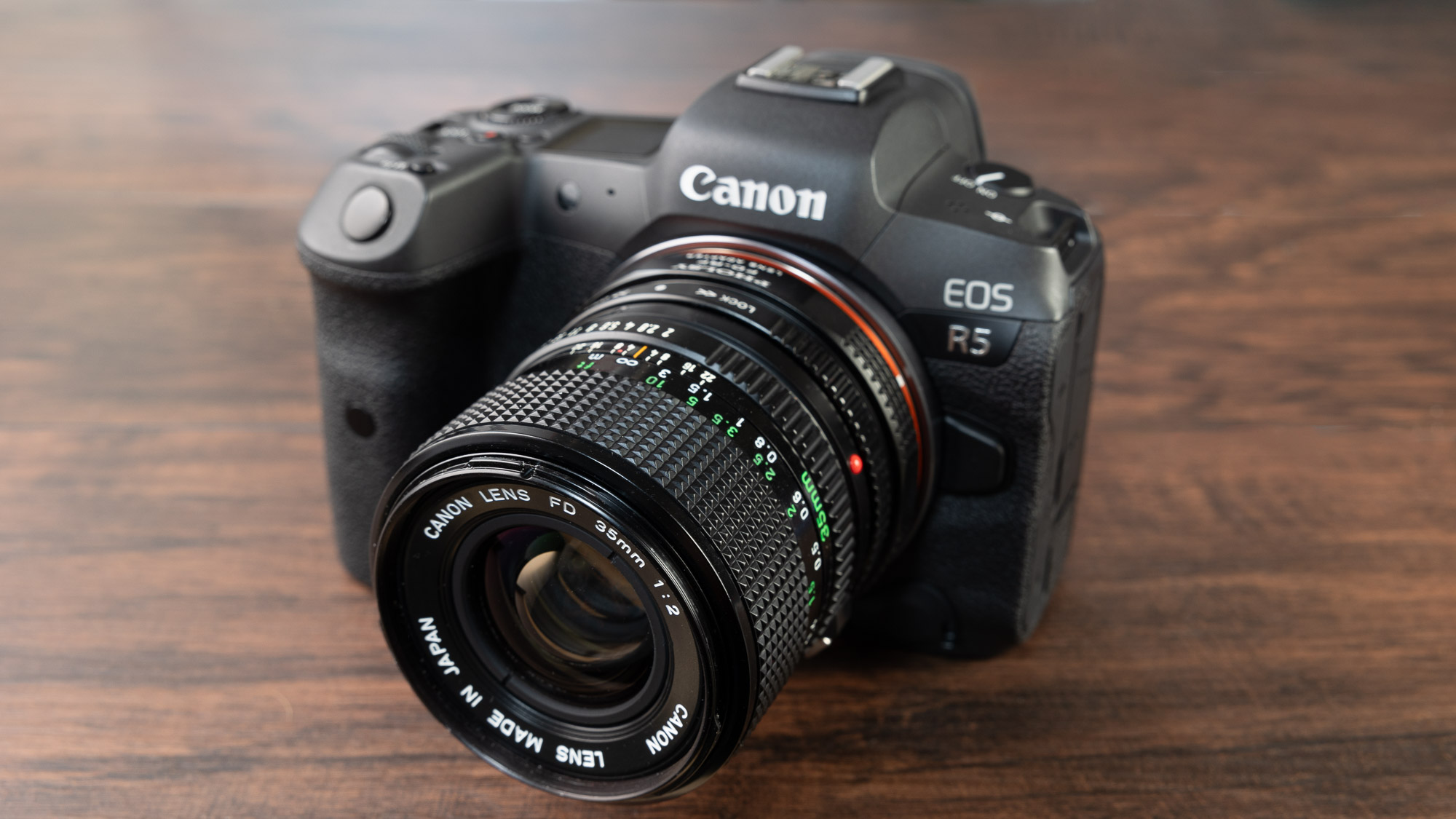
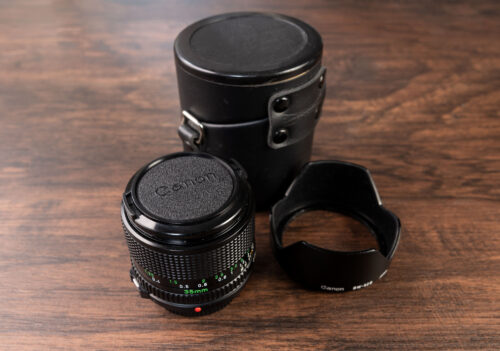
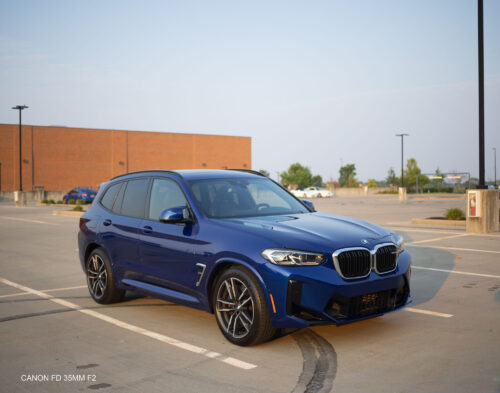
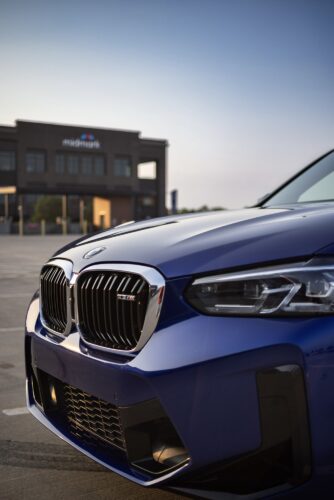

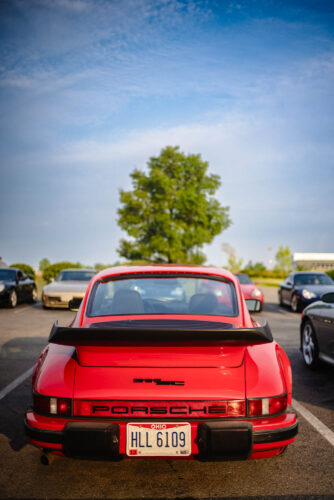
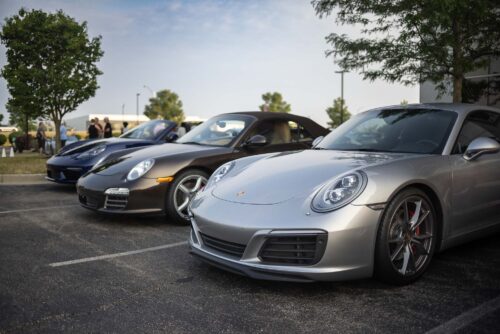
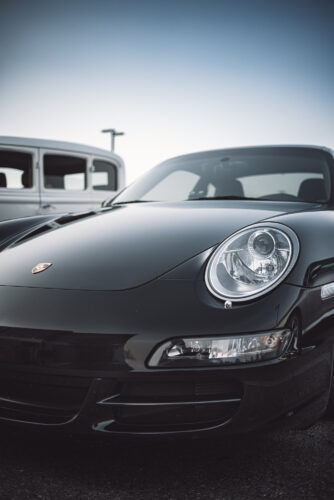
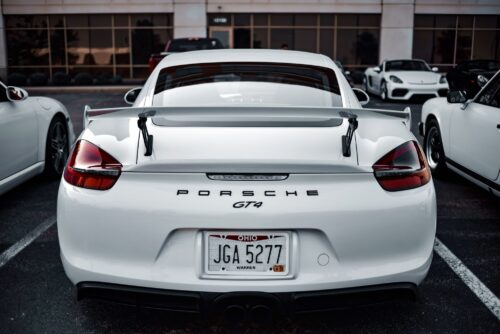
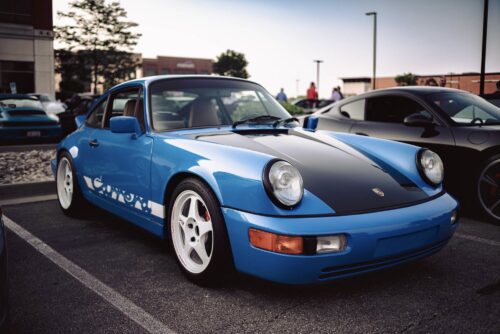
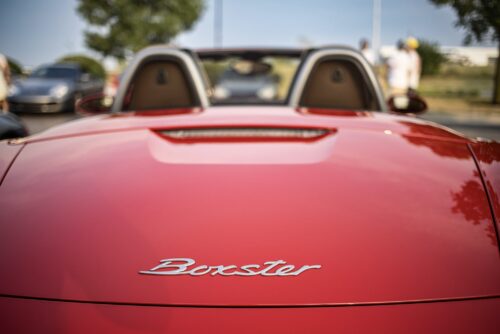
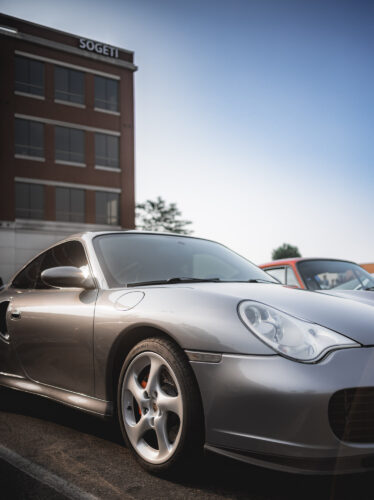
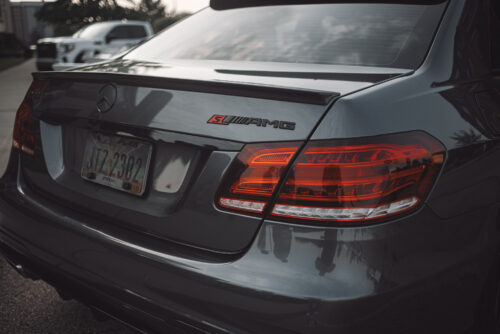

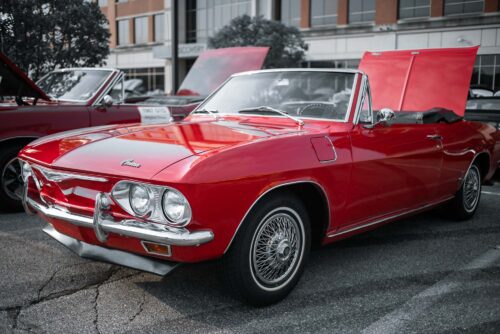
0 Comments